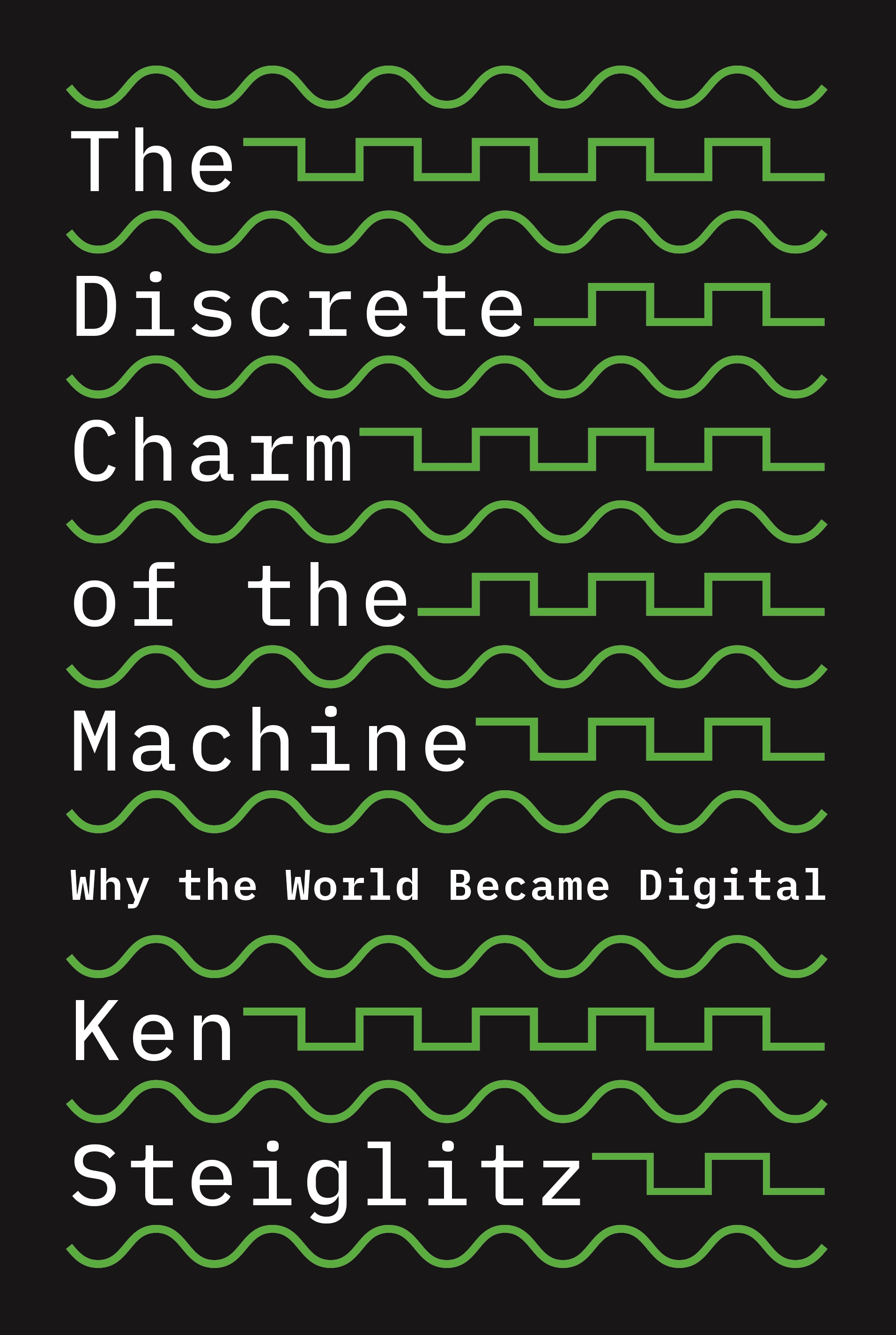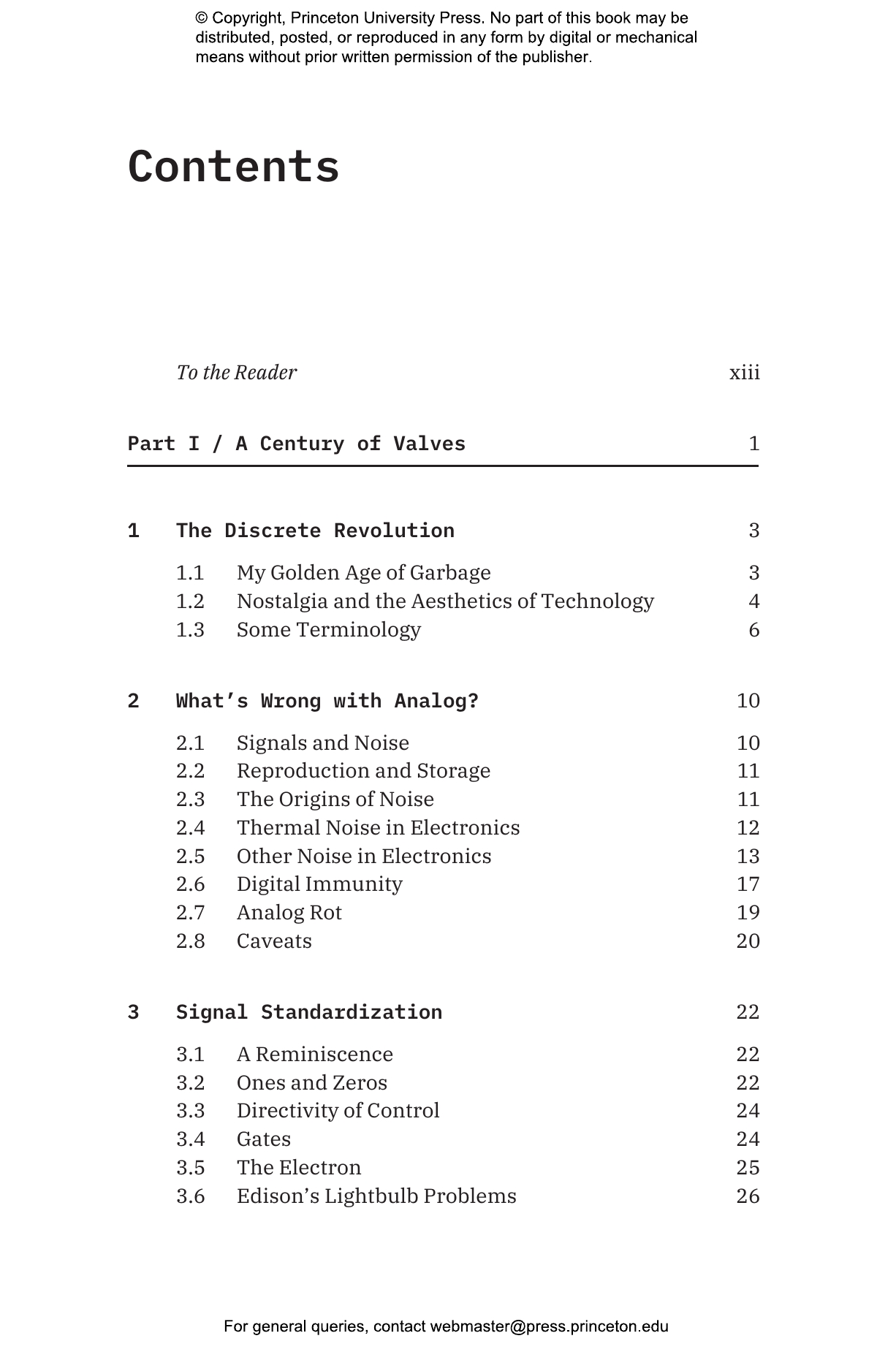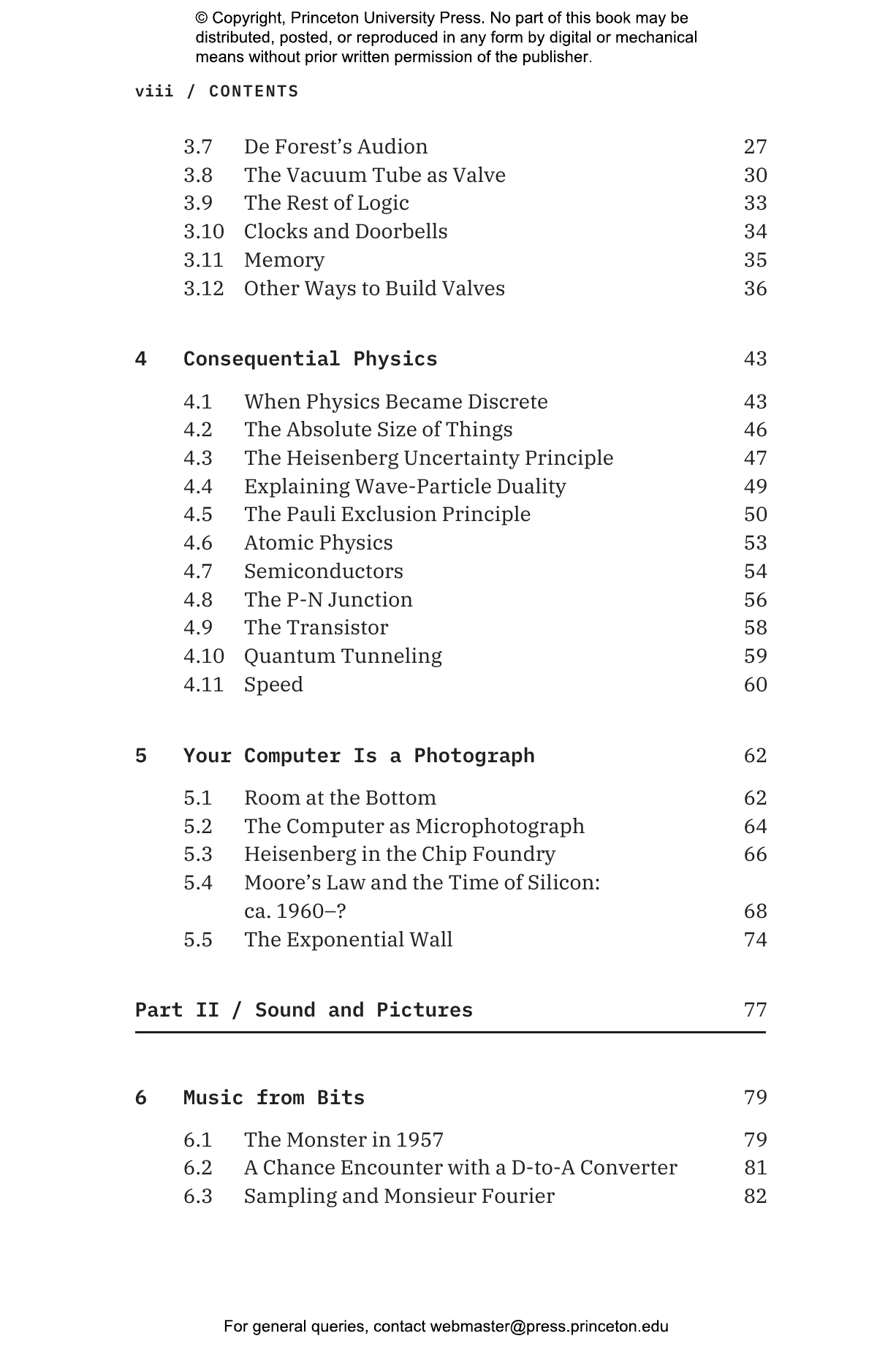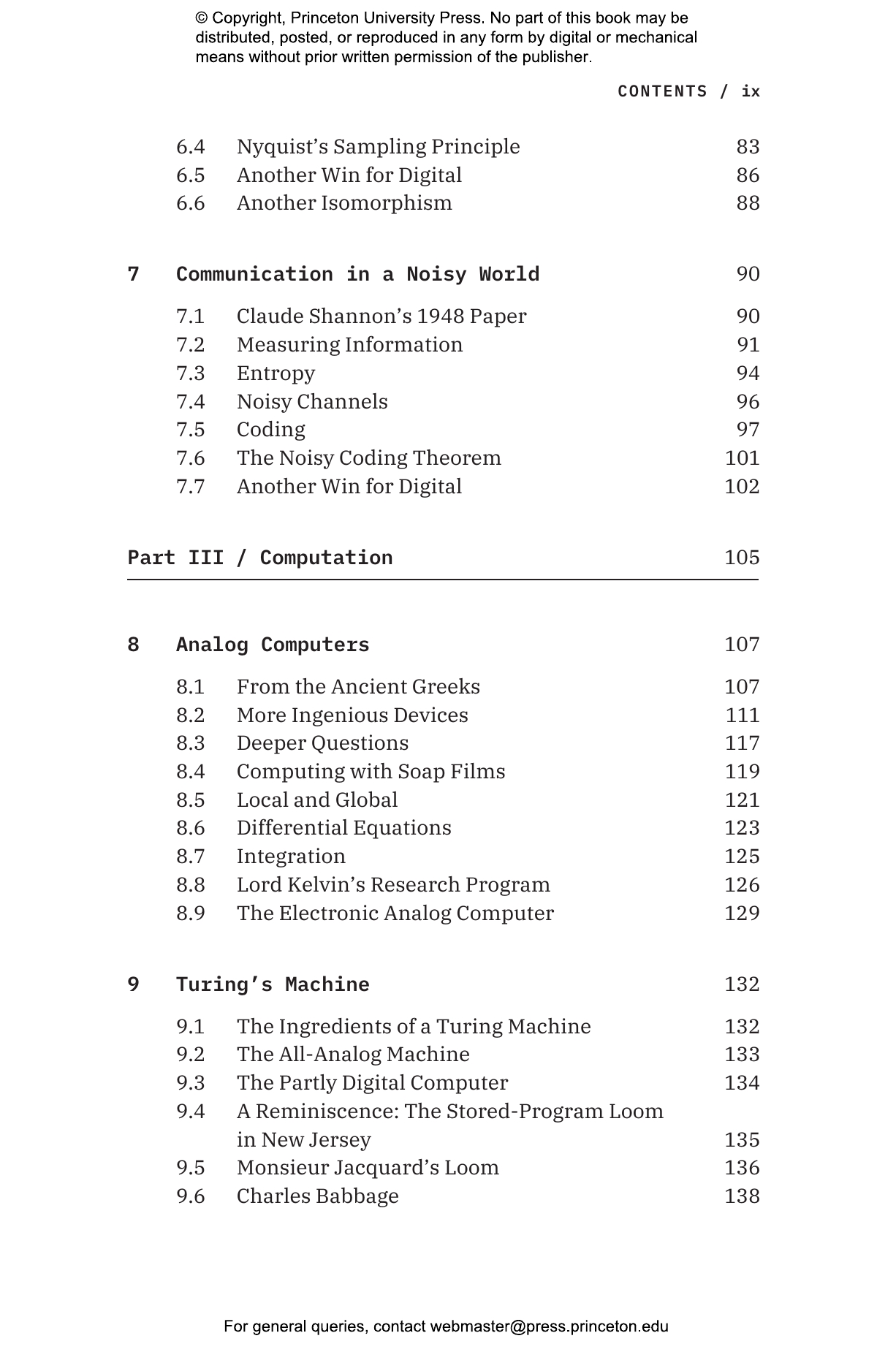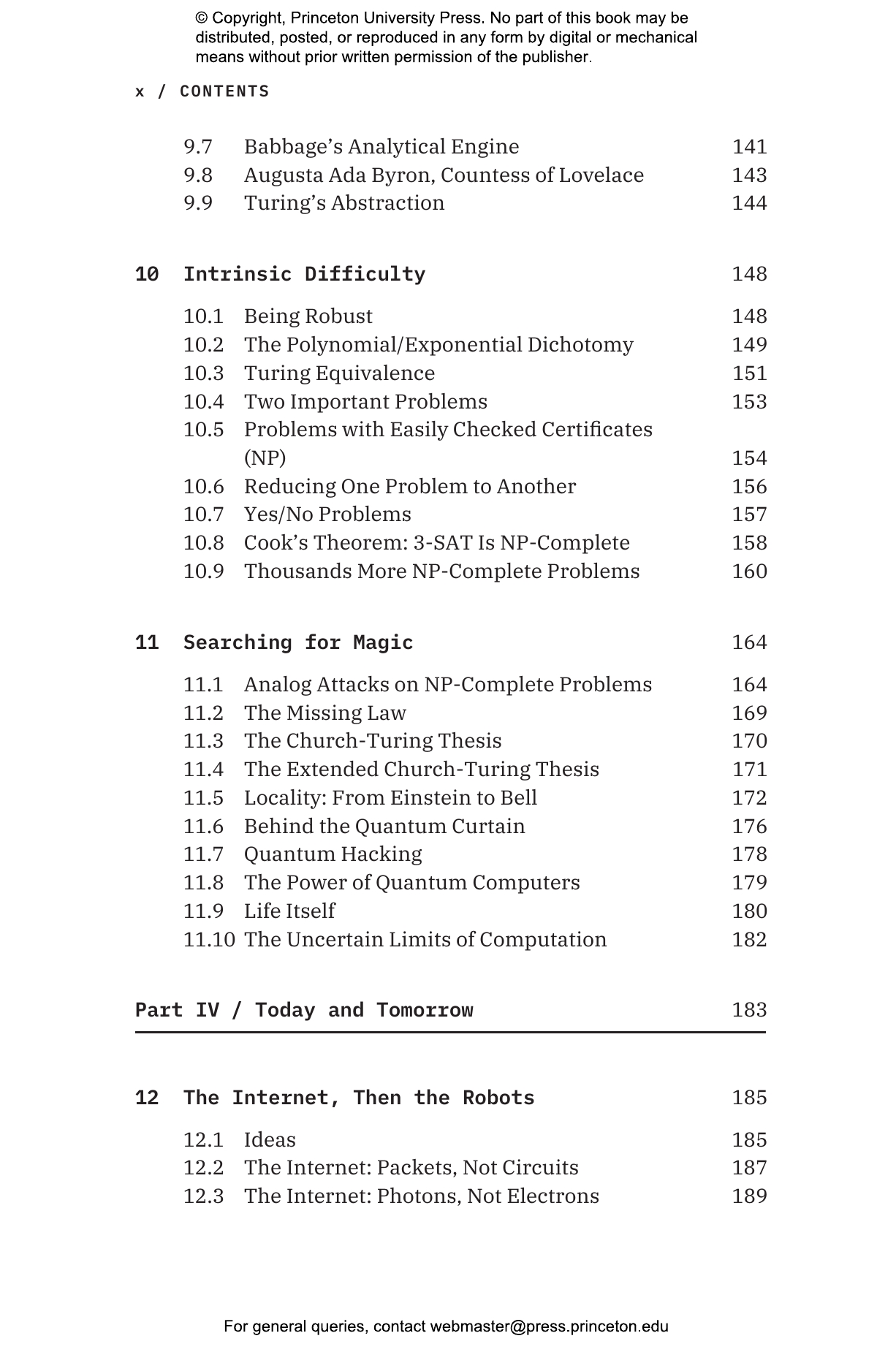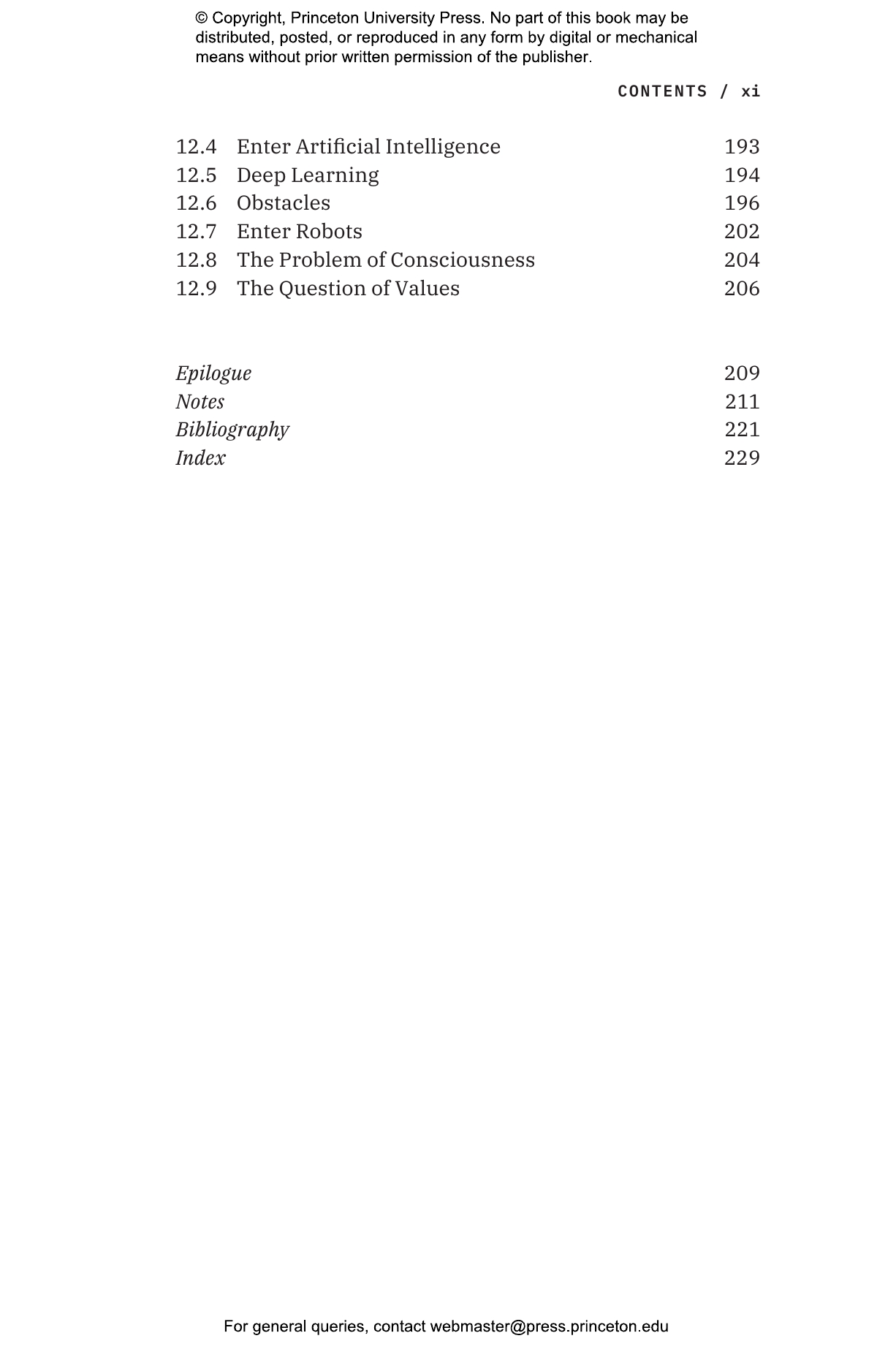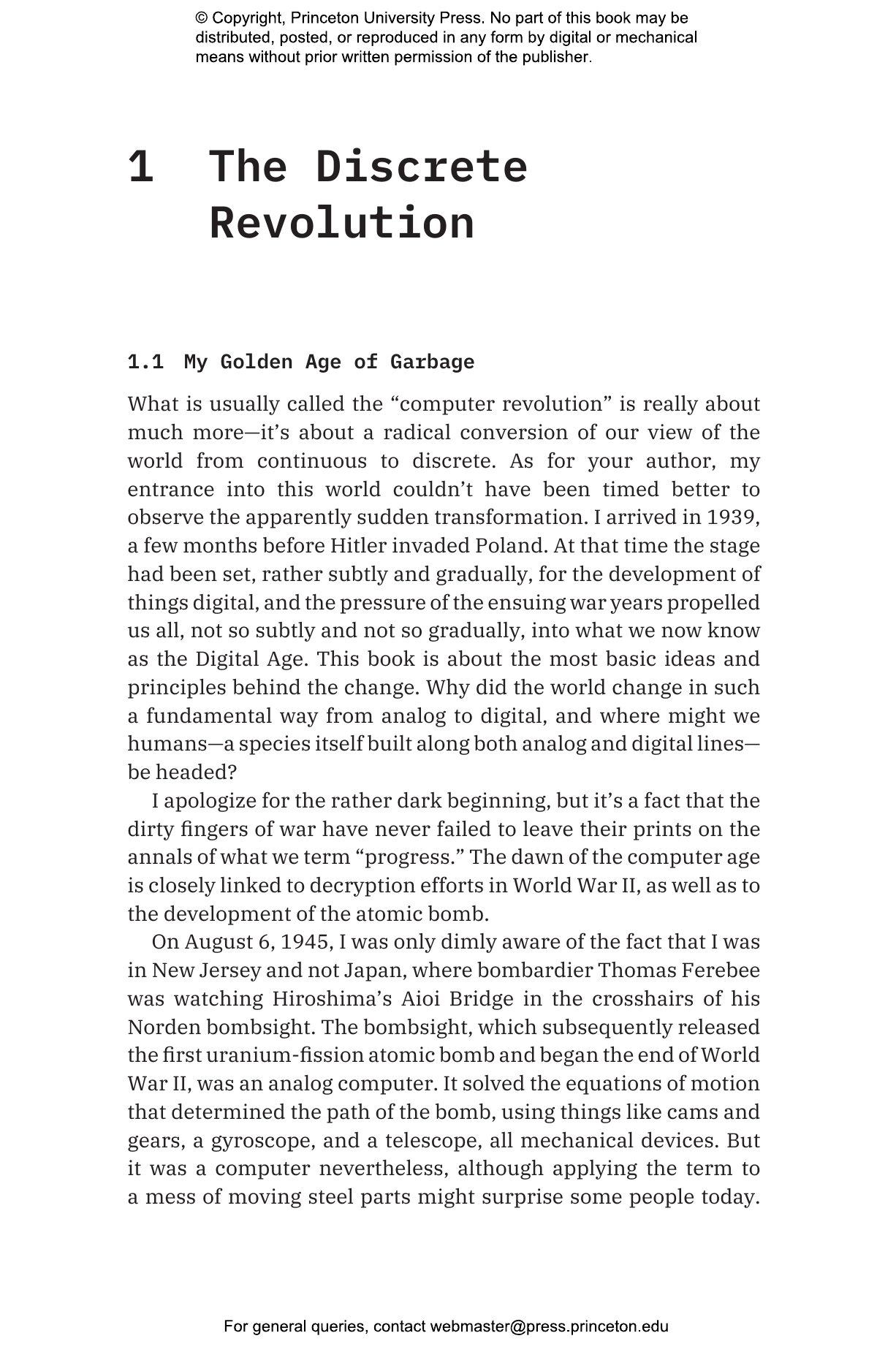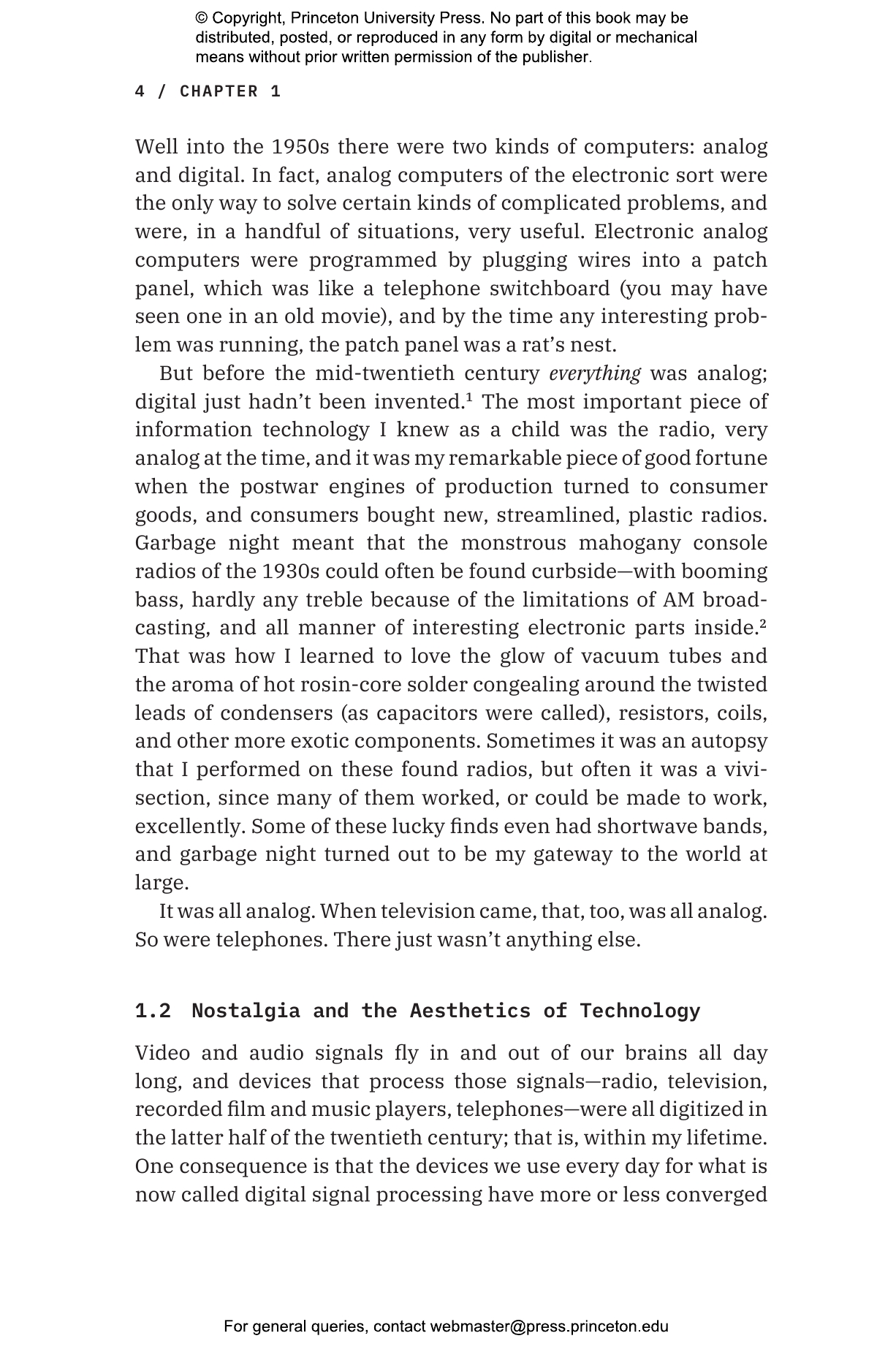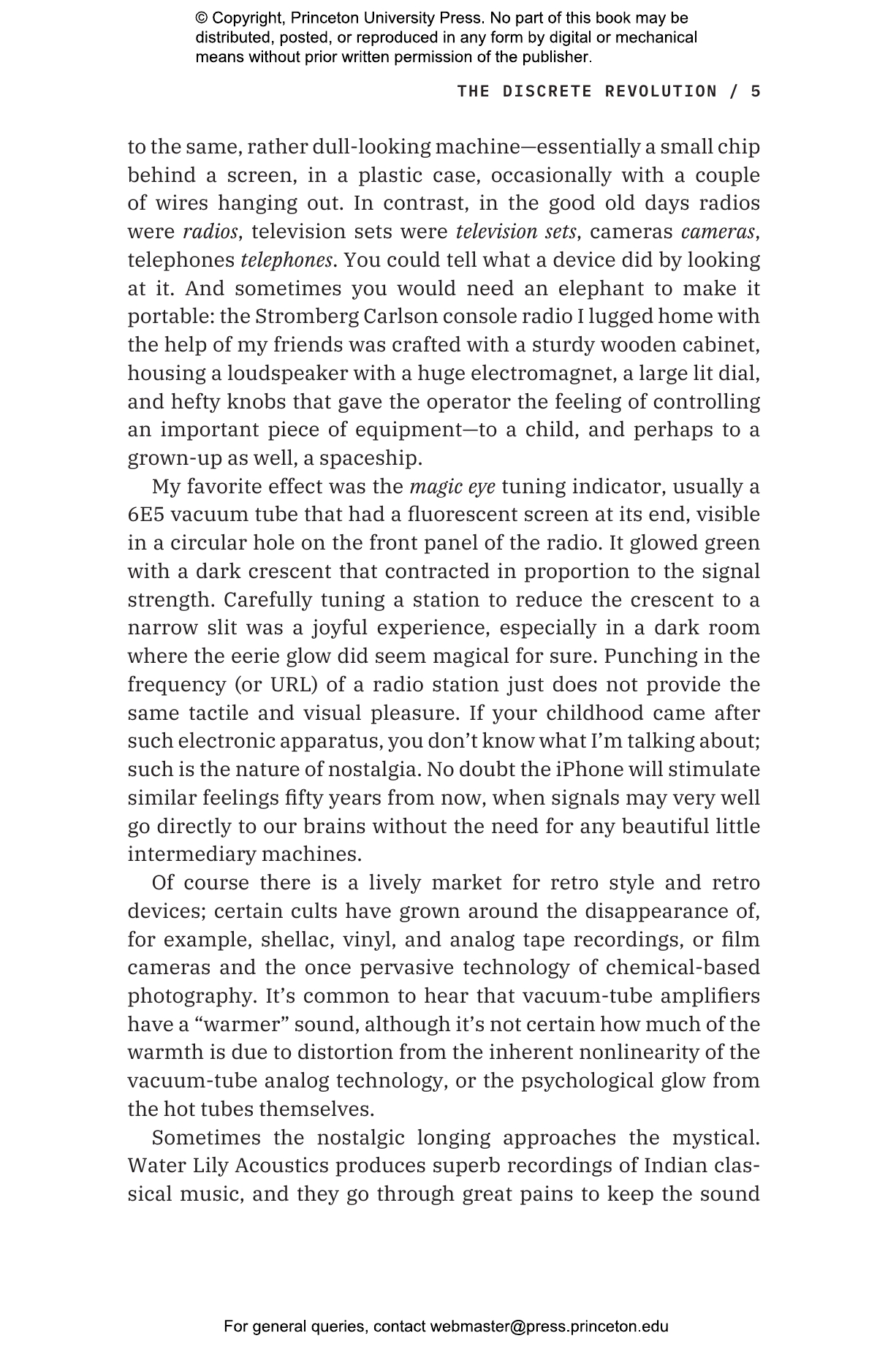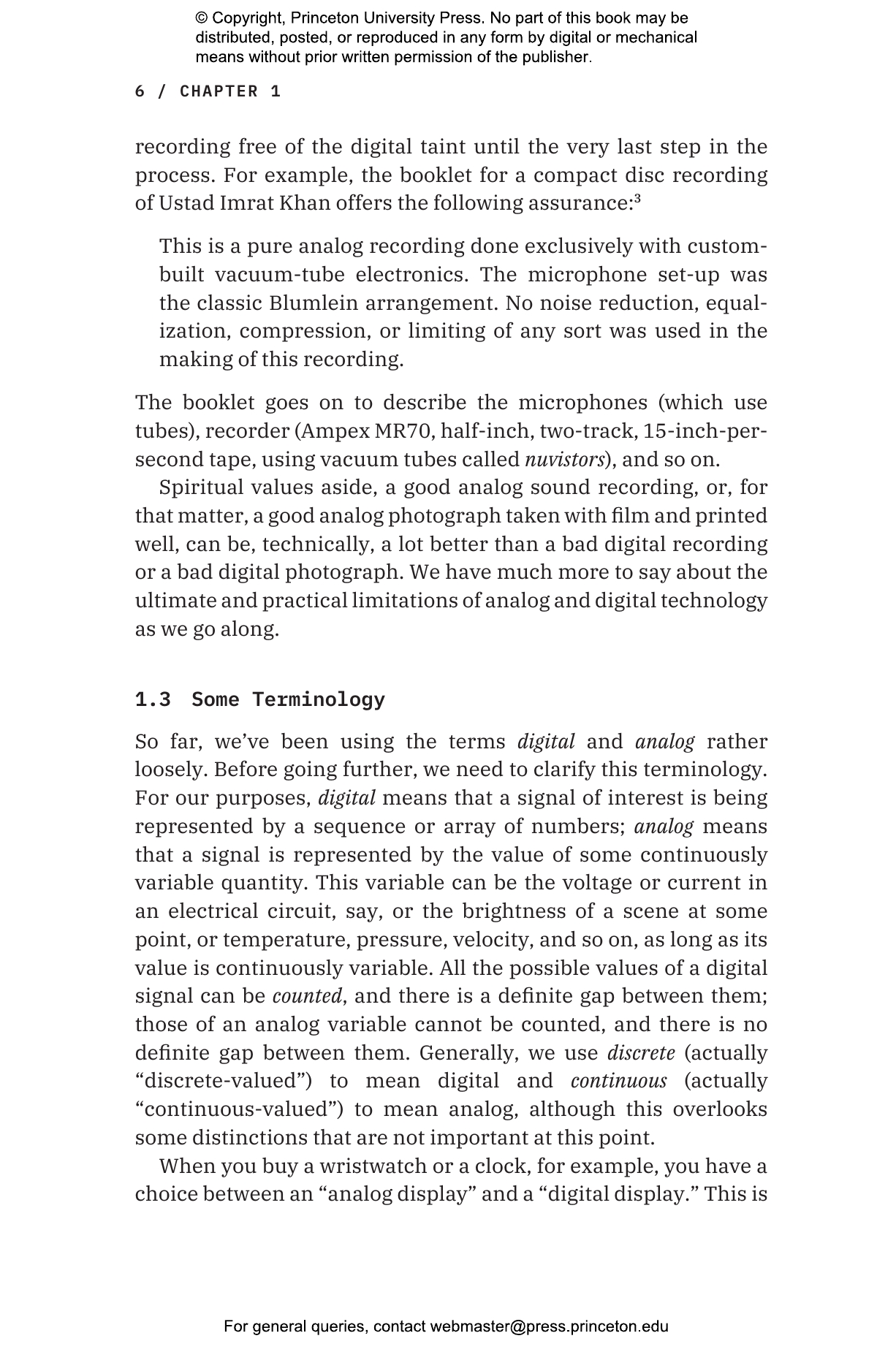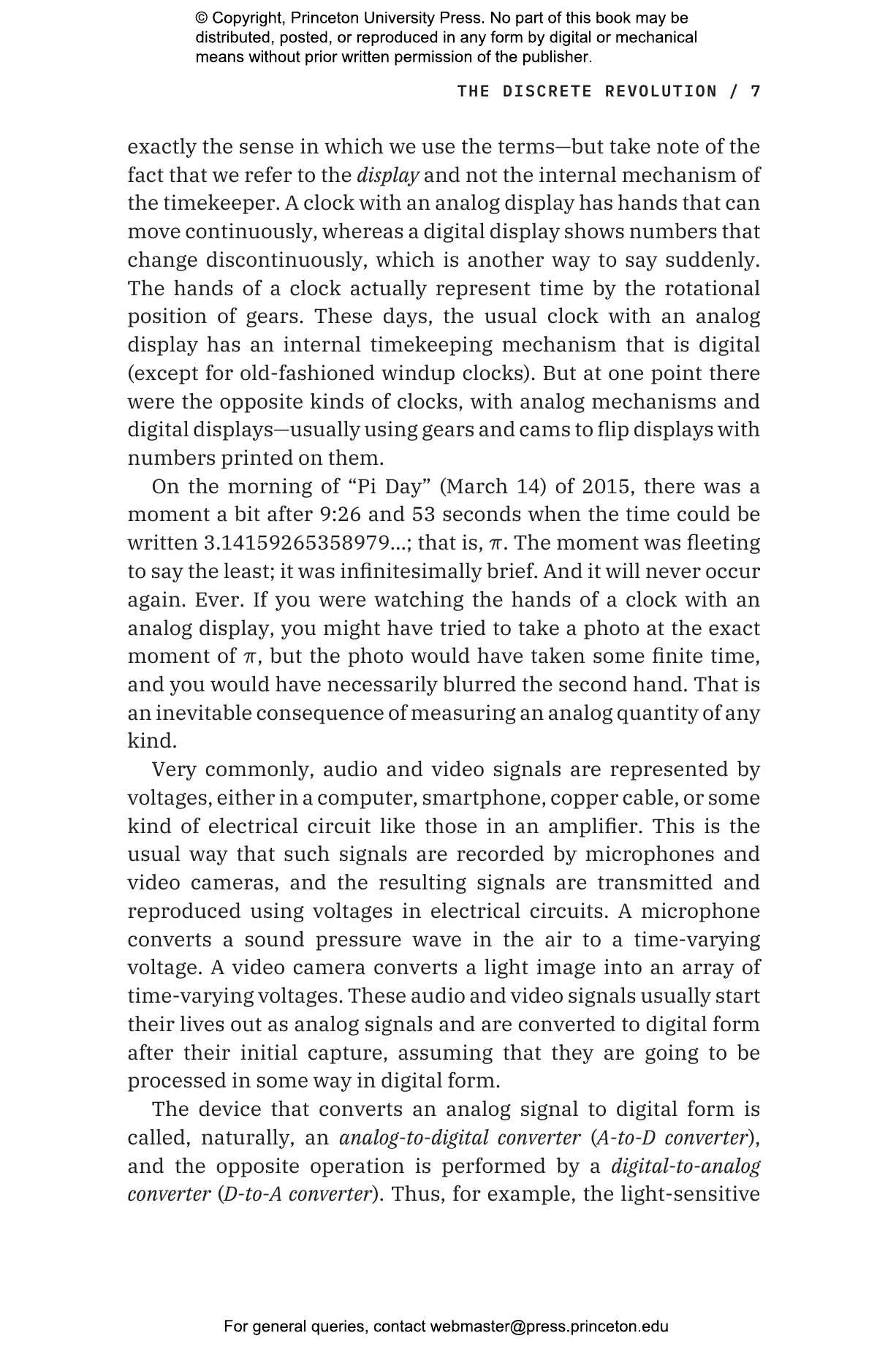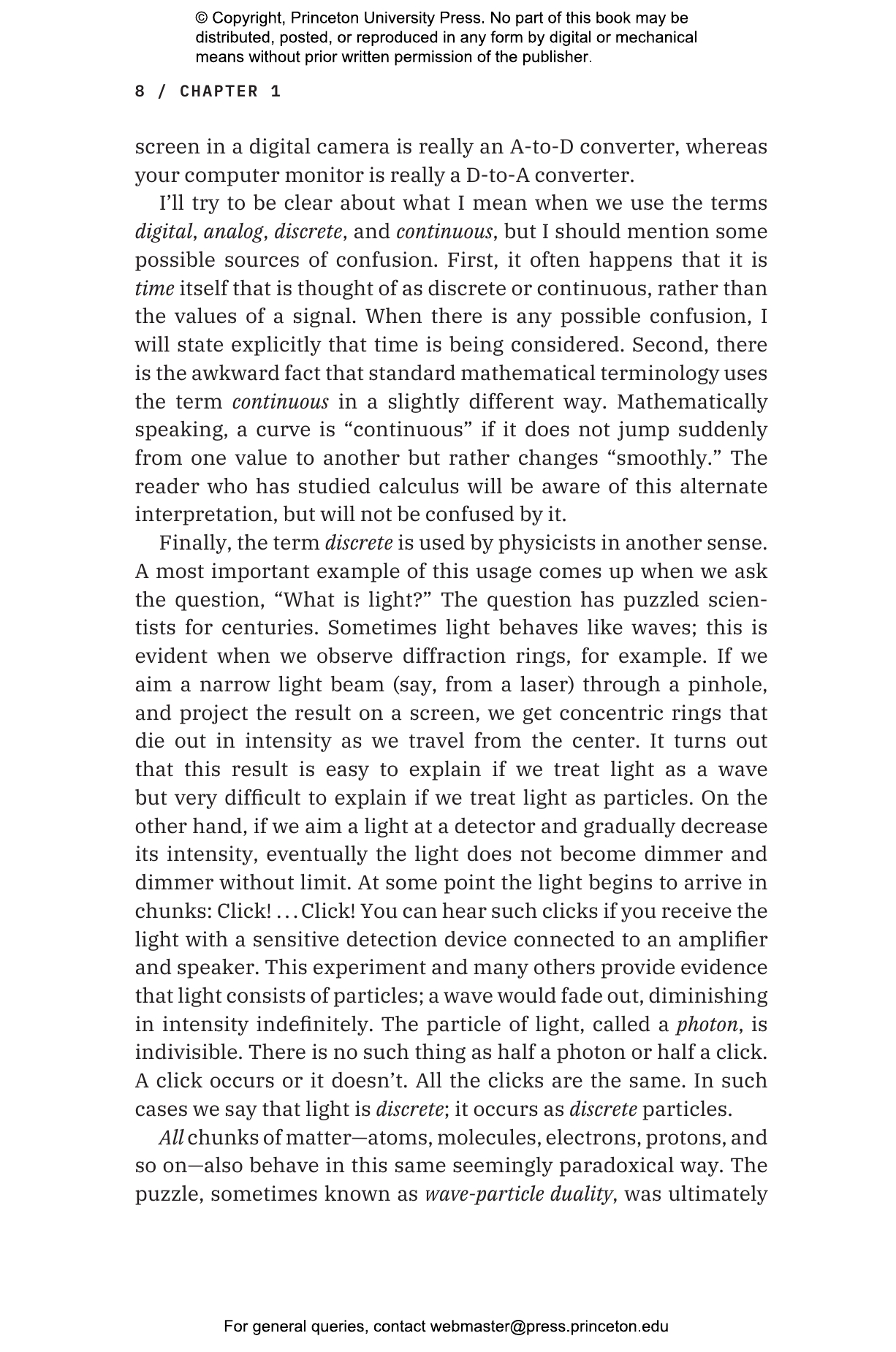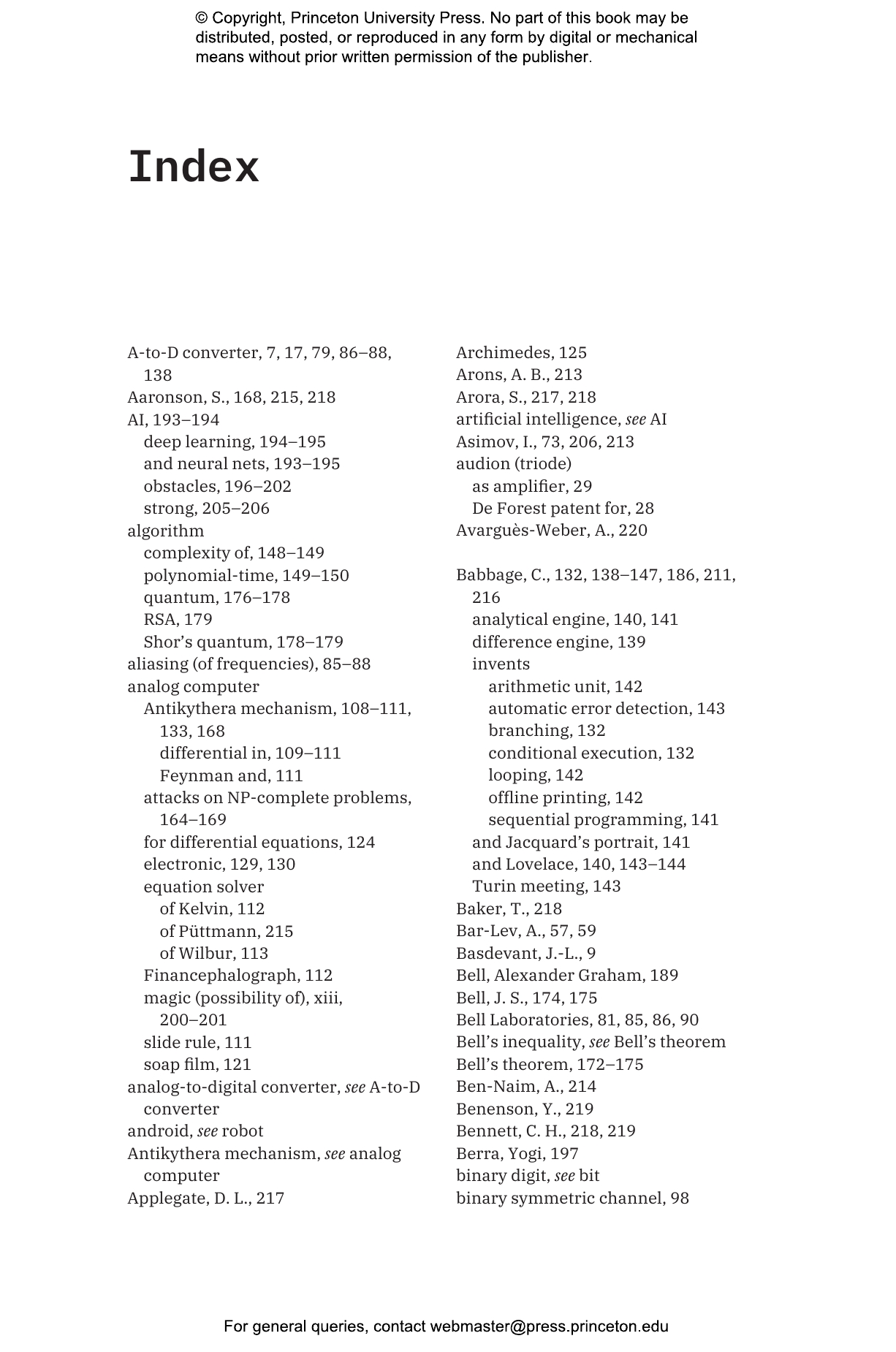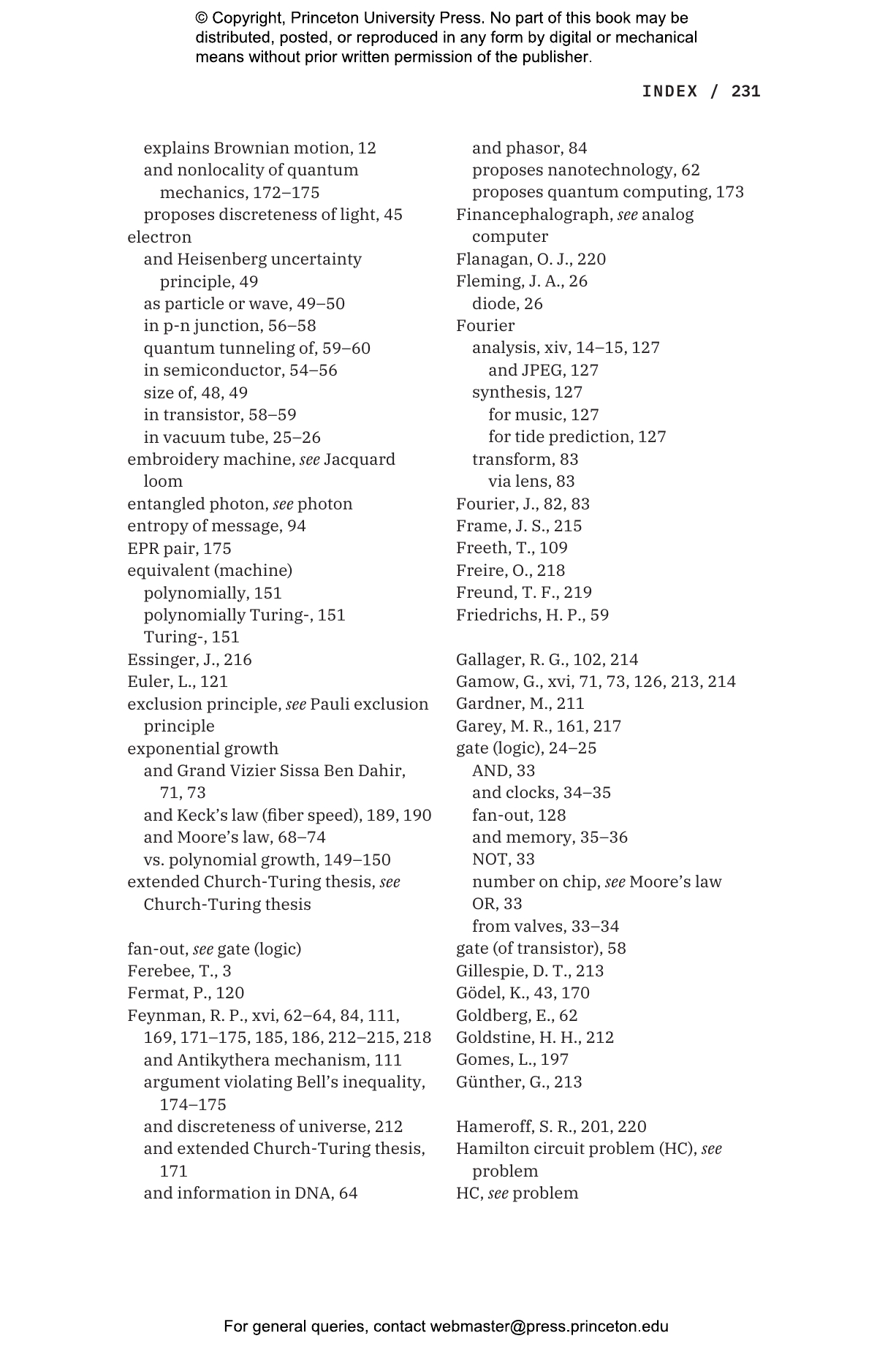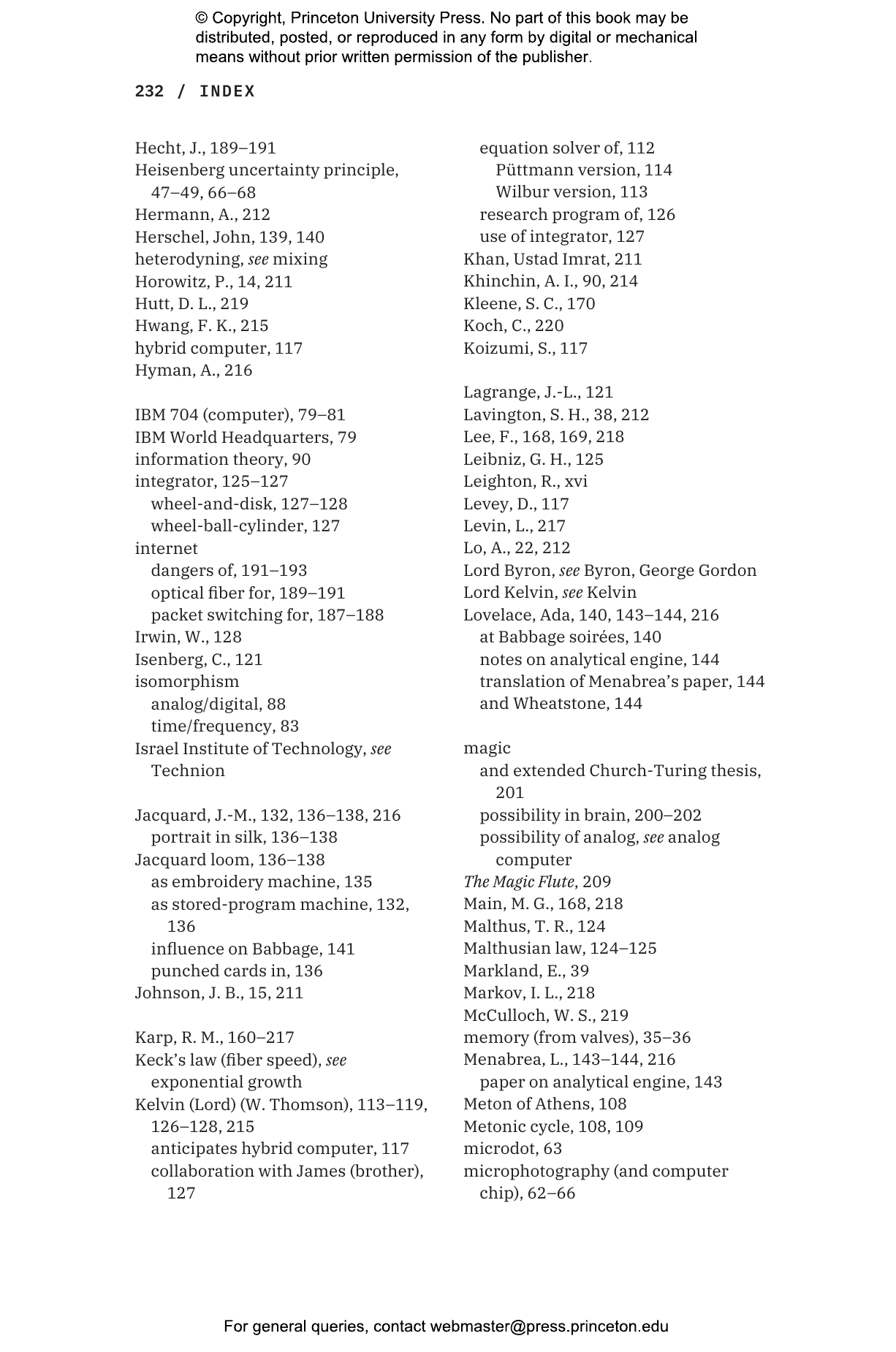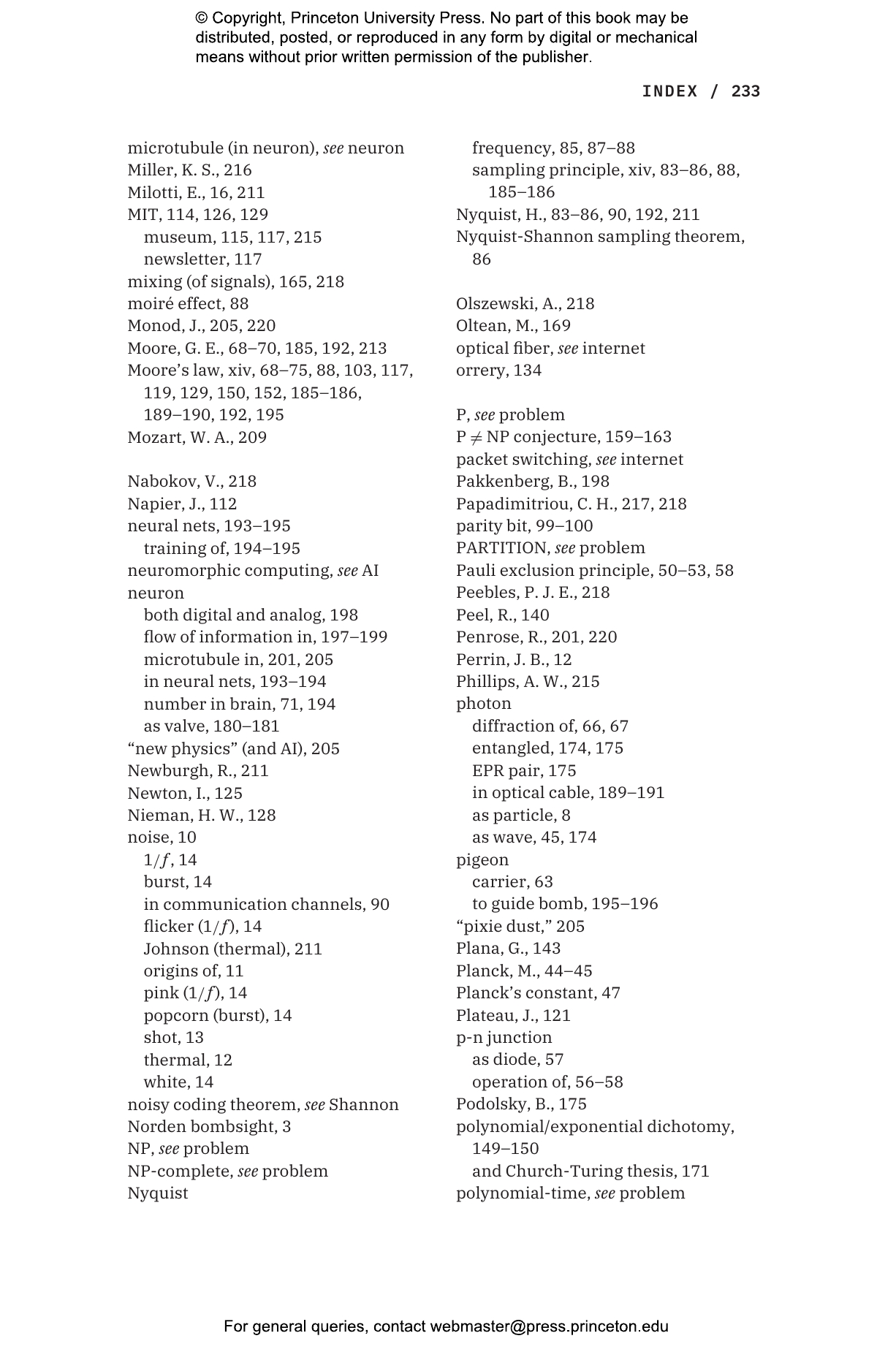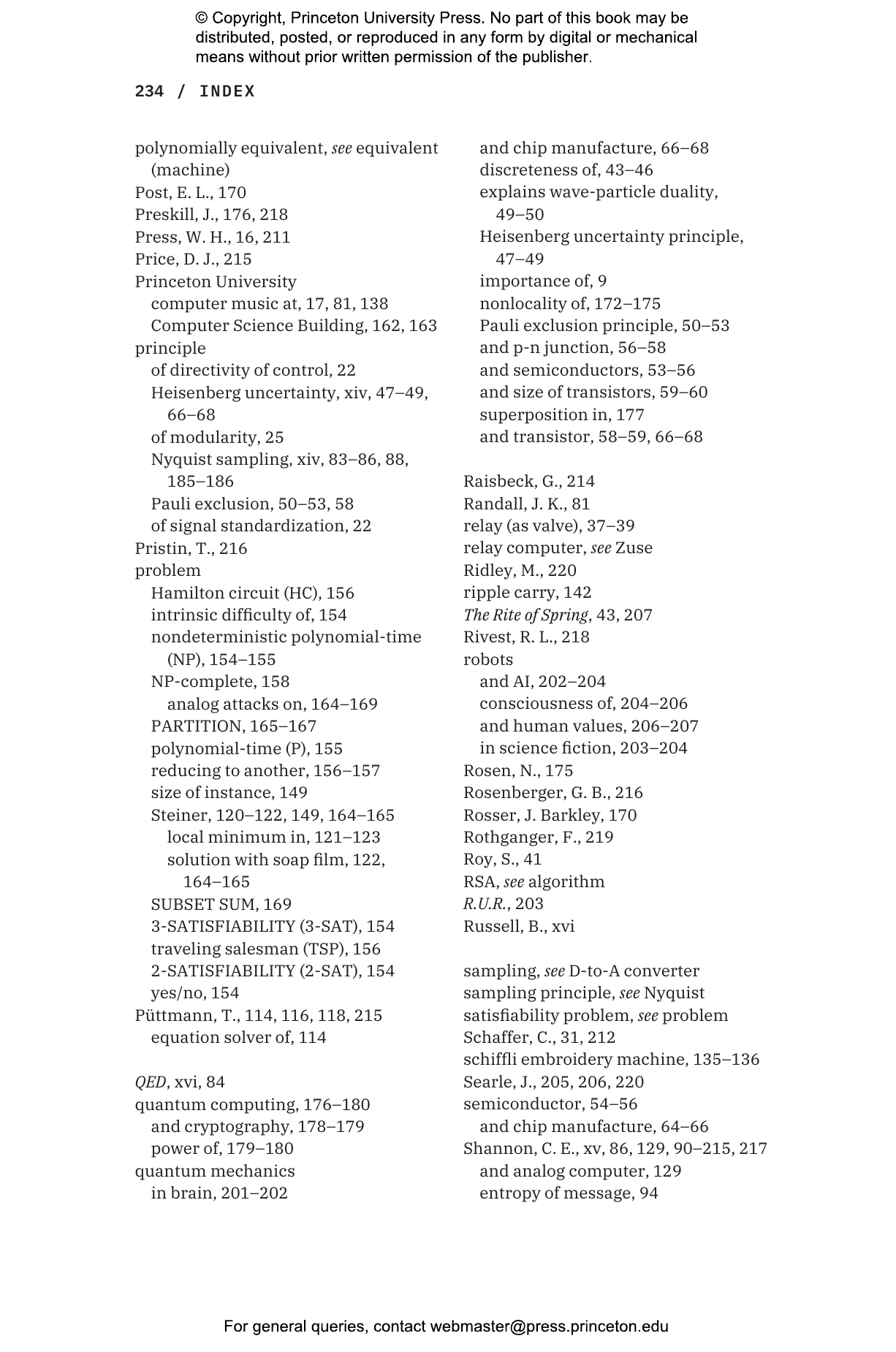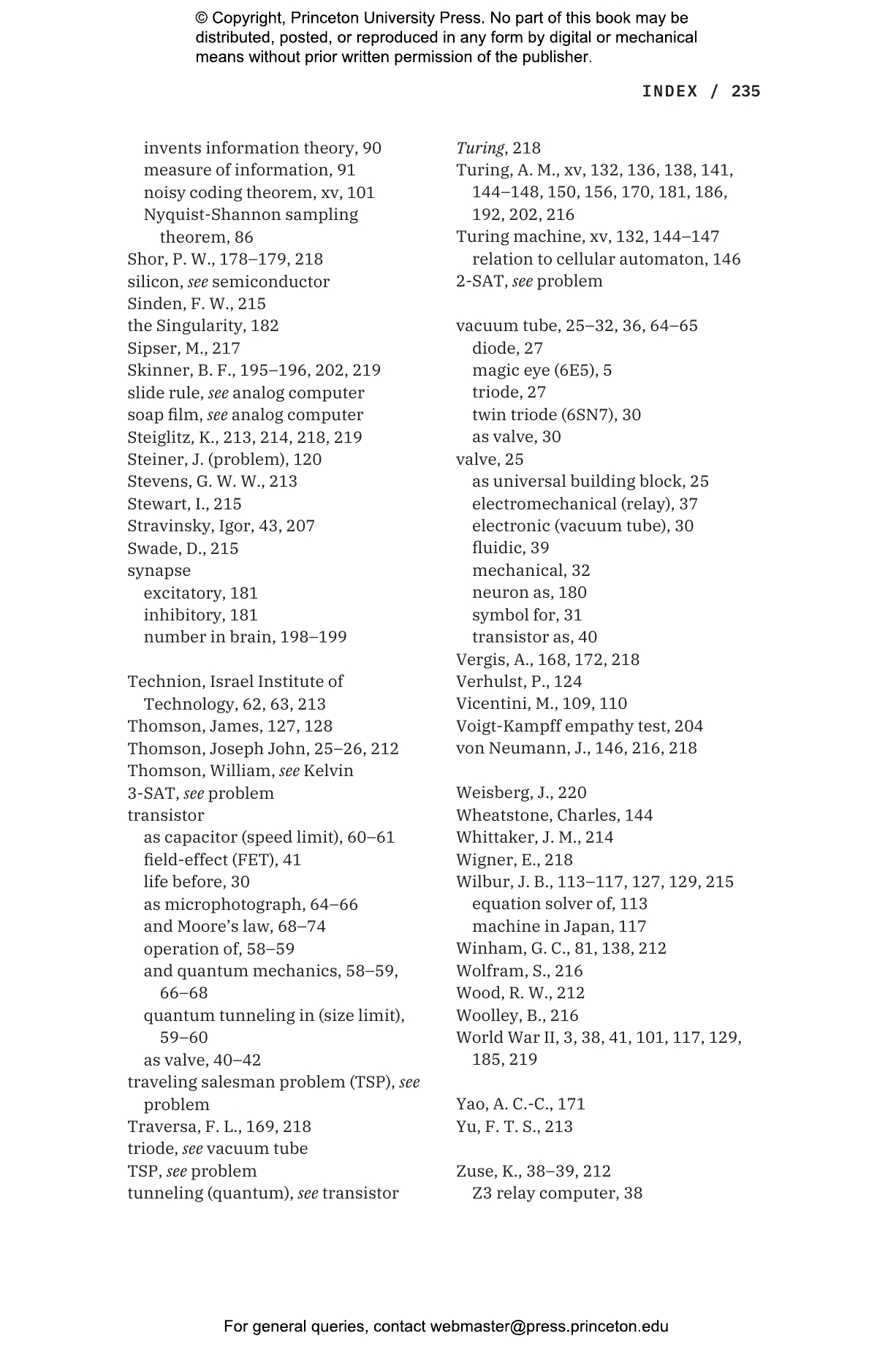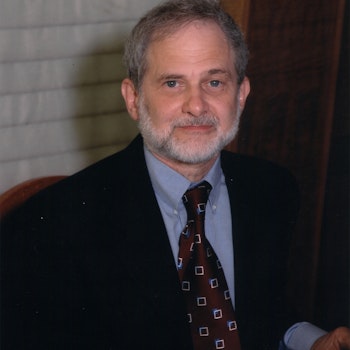The Discrete Charm of the Machine: Why the World Became Digital
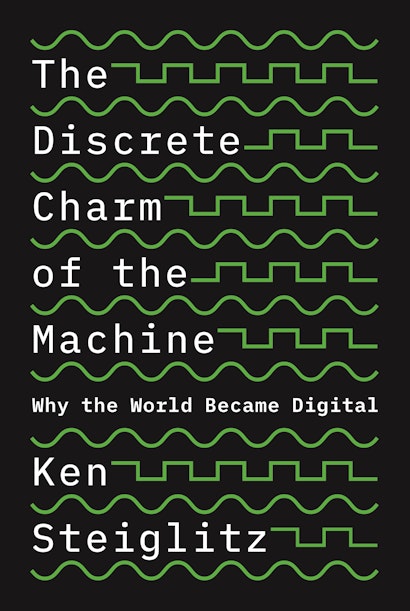

Hardcover
Paperback
ebook (EPUB via app)
- Sale Price:
- $15.37/£12.59
- Price:
-
$21.95/£17.99 - ISBN:
- Published:
- Feb 5, 2019
- Copyright:
- 2019
30% off with code PUP30
ebook (PDF via app)
-
Audio and ebooks (EPUB and PDF) purchased from this site must be accessed on the
91ÌÒÉ« app. After purchasing, you will receive an email with
instructions to access your purchase.
About audio and ebooks - Request Exam Copy
A few short decades ago, we were informed by the smooth signals of analog television and radio; we communicated using our analog telephones; and we even computed with analog computers. Today our world is digital, built with zeros and ones. Why did this revolution occur? The Discrete Charm of the Machine explains, in an engaging and accessible manner, the varied physical and logical reasons behind this radical transformation.
The spark of individual genius shines through this story of innovation: the stored program of Jacquardâs loom; Charles Babbageâs logical branching; Alan Turingâs brilliant abstraction of the discrete machine; Harry Nyquistâs foundation for digital signal processing; Claude Shannonâs breakthrough insights into the meaning of information and bandwidth; and Richard Feynmanâs prescient proposals for nanotechnology and quantum computing. Ken Steiglitz follows the progression of these ideas in the building of our digital world, from the internet and artificial intelligence to the edge of the unknown. Are questions like the famous traveling salesman problem truly beyond the reach of ordinary digital computers? Can quantum computers transcend these barriers? Does a mysterious magical power reside in the analog mechanisms of the brain? Steiglitz concludes by confronting the moral and aesthetic questions raised by the development of artificial intelligence and autonomous robots.
The Discrete Charm of the Machine examines why our information technology, the lifeblood of our civilization, became digital, and challenges us to think about where its future trajectory may lead.
